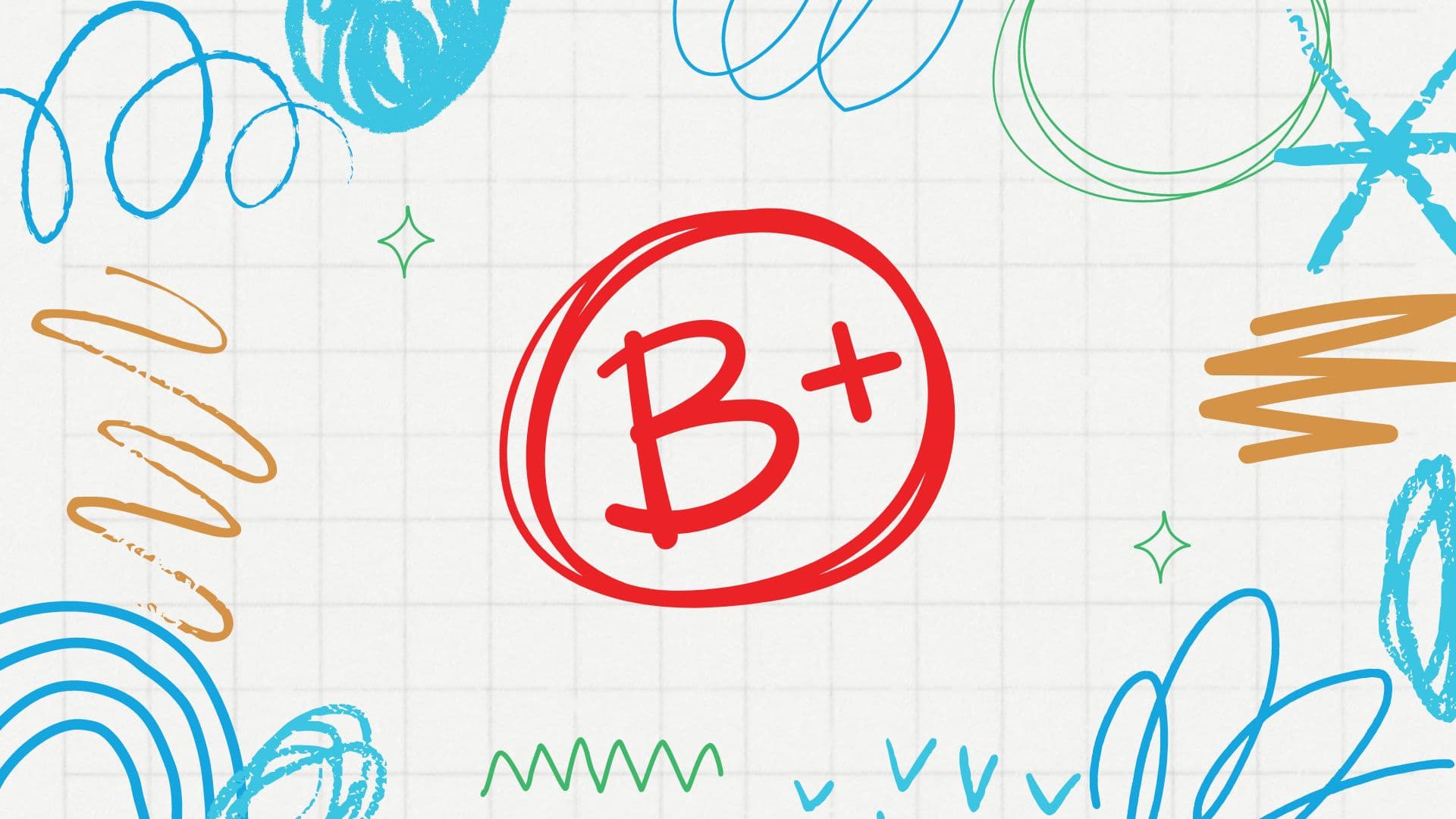
Taking advancement placement (AP) courses is a great way to make the most of your high school experience and delve deeper into a field of choice before you head off to college or to join the workforce. However, excelling in the exams or achieving your desired grade is hardly smooth sailing. AP courses require a significant amount of commitment and hard work. This is why it is essential to be strategic about AP course selection.

Choosing the right AP courses matters because of their effect on your college admissions chances. Performing well on your AP courses and subsequent AP exams can dramatically improve your college admissions chances for almost any university and program, especially if your AP courses and exams are directly related to the major you are applying for. This is because AP courses are standardized across the country, and are used by admissions officers to be a rigorous measure of your academic prowess that – unlike your regular high school grades – is consistent across the US.
Some colleges even grant credit for AP courses if the students get a top grade: an A or a B. As a result, you can improve your college application resume and get a head start on your chosen major once you arrive. Be sure to find out about the AP course-related requirements for specific colleges you are interested in – requirements can vary a great deal by college.
Taking college-level courses in high school is no joke. For college-level courses, the difficulty goes up by a couple of notches. Course content and the subsequent exams will be tougher than almost any other course you’ve taken in high school. This is why you need to be extra selective when choosing courses. While an A in an AP class can boost your high school GPA more than an A in a non-AP class, a low grade can bring your GPA down.
To help you understand the intensity level, we have ranked AP classes by difficulty below, based on data from May 2023 exams. We have made lists of both the easiest and hardest AP courses.
In Table 1, you can see the AP exams for which the percentage of a grade of 4 or 5 was lowest. United States Government and Politics turned out to be the course with the smallest percentage of exam takers scoring 4 or higher.
Exam | 4+ |
|---|---|
United States Government & Politics | 24.10% |
United States History | 25.40% |
Physics 1 | 27.10% |
Latin | 28.80% |
English Language & Composition | 30.00% |
Table 2 displays the AP exams with the lowest pass rates. Physics 1 recorded the lowest pass percentage at 45.6%, while United States History and United States Government and Politics also had pass rates below 50%.
Exam | 3+ |
|---|---|
Physics 1 | 45.60% |
United States History | 47.50% |
United States Government & Politics | 49.20% |
Environmental Science | 53.70% |
Human Geography | 54.40% |
When you combine the data above, the following three courses are considered the most challenging AP courses available.
United States Government & Politics
Number of students taking the exams: 332,000 (2023)
U.S. Government and Politics is an entry-level college course covering the fundamentals of U.S. government and politics. Students get a thorough understanding of these topics by analyzing data and text-based materials. They delve into concepts such as constitutionalism, the balance between liberty and order, civic engagement in representative democracies, conflicting policy-making priorities, and various methods of political analysis. Additionally, students are expected to demonstrate their knowledge through strong critical writing and argumentation skills.
United States History
Number of students taking the exams: 467,975 (2023)
This introductory college-level course focuses on U.S. history from around 1491 CE to the present covering various concepts such as American and national identity, work, exchange, and technology, geography and the environment, migration and settlement, etc. Students develop their understanding by analyzing historical sources, establishing connections, and constructing historical arguments.
Performing well in AP U.S. History requires more than just memorization skills. Although remembering key dates is essential, you must also demonstrate the ability to analyze historical events and put forth strong analyses and arguments.
Physics 1
Number of students taking the exams: 162,000 (2023)
AP Physics 1 utilizes algebra while delving into various concepts such as systems, fields, force interactions, change, and conservation. In addition to proficiency in solving algebraic and computational problems, AP Physics 1 places a strong emphasis on experiential and hands-on learning. Students can expect much hands-on and inquiry-based laboratory work.
Now let’s take a look at the other end of the list; courses with the highest pass percentage and scores of 4 or higher.
Table 3 shows the AP exams by percentage of examinees with 4+ score (highest to lowest). Chinese Language and Culture had the highest proportion of grades 4 or 5, with Japanese Language and Culture and Calculus BC following closely behind.
Exam | 4+ |
|---|---|
Chinese Language and Culture | 73.00% |
Japanese Language and Culture | 59.40% |
Calculus BC | 59.40% |
Physics C: Electricity and Magnetism | 57.10% |
Spanish Language and Culture | 54.30% |
In Table 4, you can see the AP exams for which the percentage of examinees who passed was highest. Again, the highest pass rate is Chinese Language and Culture.
This might have you wondering: is learning Chinese Language and Culture extremely easy, or are students who take the exam have been learning Chinese for years? The truth is probably somewhere in between. It’s also worth noting that good grades and AP exam scores for Chinese Language and Culture (or Drawing or any other) won’t necessarily help your college application if they are not related to your application or desired major.
Exam | 3+ |
|---|---|
Chinese Language and Culture | 88% |
Drawing | 85% |
Spanish Language and Culture | 84% |
2D Art & Design | 84% |
Calculus BC | 79% |
If pass percentage and share of students who get a grade of 4 or higher are considered, the three courses listed below are the easiest AP courses one can take.
Chinese Language and Culture
Number of students taking the exams: 17,000 (2023)
This course involves practical communication in Chinese and interaction with authentic materials like newspaper articles, films, music, and books. The exam will assess your application of communication skills acquired during the course, including interpreting diverse written and audio texts, writing and speaking effectively, and articulating ideas in both written and spoken Chinese.
Spanish Language and Culture
Number of students taking the exams: 78,000 (2023)
This course is designed to develop your proficiency of Spanish language and gain insights into cultures within Spanish-speaking regions. It also involved the examination of authentic materials, including newspaper articles, films, music, and books. The 3-hour long AP Spanish Language and Culture Exam will evaluate your capacity to apply the communication and language skills acquired during the course.
Calculus BC
Number of students taking the exams: 273,987 (2023)
This course covers the principles, techniques, and practical uses of differential and integral calculus. Through experiments and investigations, you will apply your knowledge and skills to solve problems. The AP Calculus BC Exam will evaluate your understanding of the mathematical concepts covered in the course. It will assess your ability to recognize suitable formulas and procedures for problem-solving, along with your skill in communicating your work using accurate notations.

Now you have an idea about what the toughest and easiest AP courses are. However, making choices solely based on the difficulty level of the exam might not be a good idea. It’s recommended that you put more thought into it. Below are some of the factors that can help you prioritize.
Think of your goal and what you want to achieve out of the course.
High-achieving students aspiring to secure a place at an Ivy League or equivalent institution frequently enroll in 10 or more AP classes. The level of ease with the subject, whether it comes naturally or demands extensive study, is not a significant factor.
Where do your interests lie?
Your enthusiasm in a particular field can take you a long way. Hence, think about what you see yourself doing in the future. If your interest aligns with the course content, you will enjoy the course and excel in it. Be careful not to take an AP course due to peer pressure. ‘The course is very popular’ is not a good enough reason to take it.
Consult with experts
A good starting point can be the academic counselor in your high school. Not only do they have experience guiding others like you, but they also know you well. It might also be a good idea to speak to previous AP exam takers, for example, an ex-student of your high school who aced her AP exams and is now in college.

We’ve tracked down the acceptance rates of some of the easiest colleges to apply for in the country, so you don’t have to. With special sections for CA, FL, TX, and NY. Read on to find out more.

Do you have a 3.5 GPA? Are you curious about which schools you have a good chance of getting into with a 3.5 GPA? There are numerous options from prestigious institutions to high-ranked liberal arts colleges. The opportunities are endless and in this blog, we will explore these colleges and universities, explore strategies on how …

If you’ve always been fascinated by the mysteries of the ocean and dream of exploring marine ecosystems, a career in marine biology might be perfect for you. Studying marine biology offers the unique opportunity to observe animal behaviors, understand the health of our oceans, and explore the connections between humans and marine life. Graduates can …